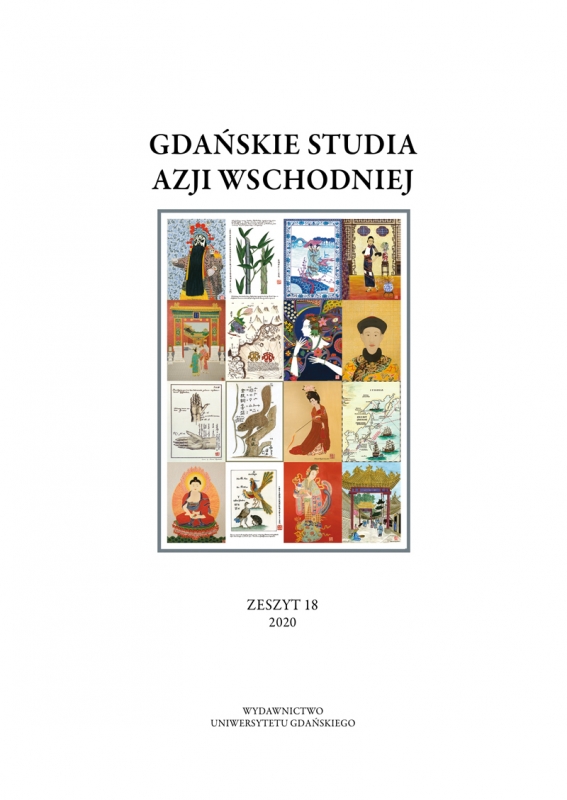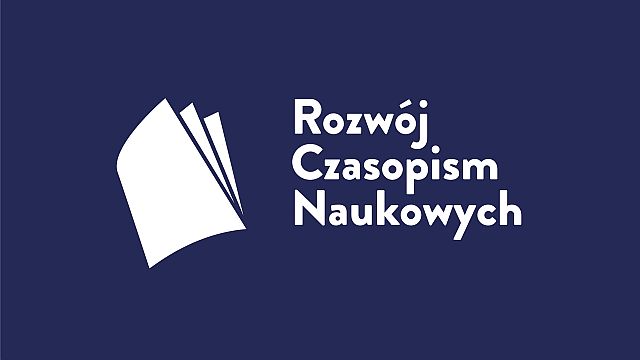Edward Kajdański (1921–2020)
Abstrakt
In this article, the Authors present the life and achievements of Edward Kajdański as a diplomat, journalist, writer, and painter. Edward Kajdański was born in Harbin, in north Manchuria (China), at November 26, 1925. Place of birth determined his later life, designated spheres of interests, gave a solid education and brought a very rich experience. His father Edward Kajdański was an engineer, and mother Helena was half Italian, half Russian. Edward Kajdański received thorough education in the Henryk Sienkiewicz Polish Gymnasium in Harbin, and after graduation began his studies at the Faculty of Electromechanics at North Manchurian University, which in August 1945, after the entry of the Red Army, changed the name into University of Harbin. Edward Kajdański also studied at the Faculty of Architecture. In 1950 he graduated from the University of Harbin and because of the outbreak of the Korean War left Harbin. In 1951, he arrived in Gdynia and started working in Gdańsk. His extensive knowledge, knowledge of Chinese, English and Russian caused that Mr. Kajdański never complained about the lack of employment. He worked in commercial enterprises, but very quickly he was noticed by the Ministry of Foreign Affairs, who directed him to work in the Office of the Commercial Counsellor in Beijing (1963–1967, 1971–1975). In the years 1979–1982 he was the general consul and the head of the Consulate General in Guangzhou. He returned permanently to Poland in 1982, and settled down in Gdańsk.
In addition to the professional activity Edward Kajdański also worked as a scientist, disseminating knowledge about China in Poland, which resulted in hundreds of articles, as well as scientific and popular science books on China. The most attention he devoted to the achievements of Polish Jesuit missionary Michael Boym. In the work of Edward Kajdański, as important as the writing, is painting, which is multi-dimensional and thematically diversified. Among his works there are both reconstructions of Michael Boym’s maps and herbs, the works dating back to the old Chinese painting, reconstructions of frescoes and copies of paintings on silk, as well as illustrations he created for his books. His extremely rich national activities has been valued on many national and international exhibitions. He left hundreds of books, articles and paintings – it is his legacy.
For his merits for the Polish-Chinese relations, especially in the field of mutual knowledge of cultures and historical research contacts, Mr. Kajdański was awarded by the Ministry of Foreign Affairs of the Republic of Poland with the honor distinction ‘Bene Merito’.
Edward Kajdański died in Gdańsk, September 10, 2020.

 Uniwersyteckie Czasopisma Naukowe
Uniwersyteckie Czasopisma Naukowe





